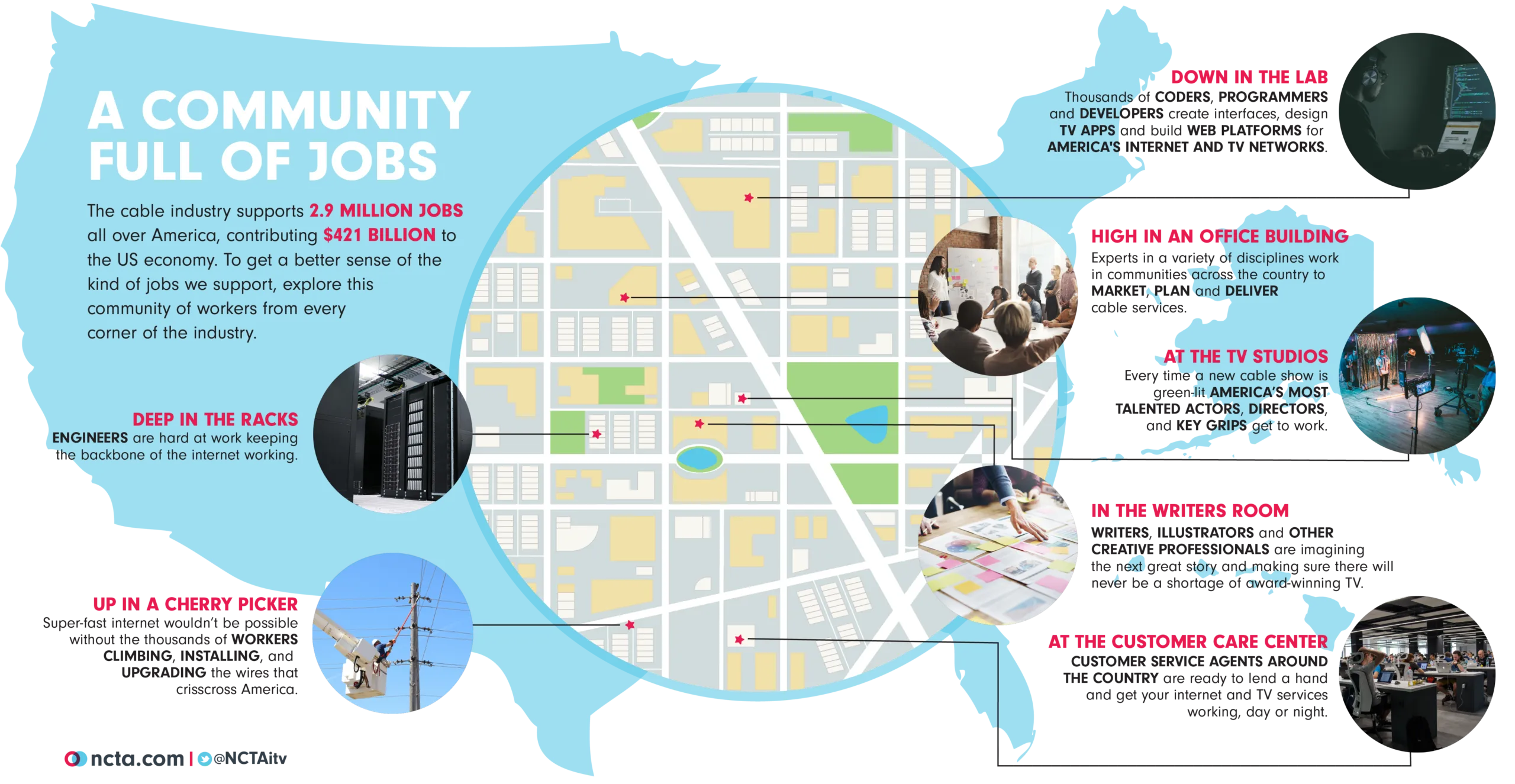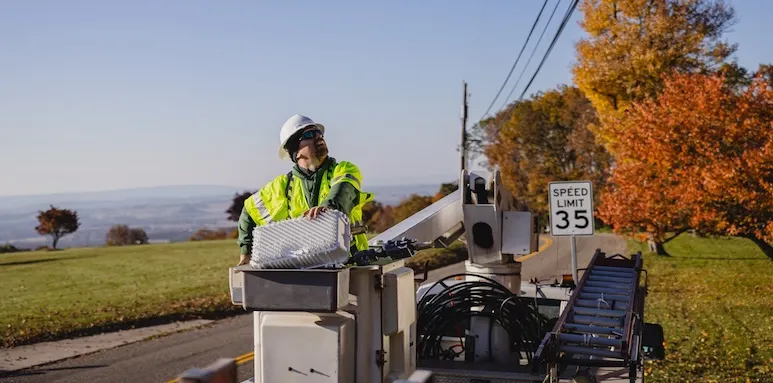Across the country, millions of employees across the cable industry work in some way or another to bring Americans the internet and TV services they rely on everyday. This week, we talked with Mark Snow, senior vice president and general manager of Co-op at CTAM—the cable industry’s resource for marketing. Snow shared how much the marketplace has evolved in the last two decades, and just how big of a role that the marketing side of the business plays in setting the tone for the industry and for consumers.
In the early 2000s, when digital marketing was still nascent, marketing boasted a lot of “generalist” positions, and there was a lot of energy channeled towards direct mail, radio, broadcast and print outlets, said Snow. Digital marketing back then was mostly display and basic search, video was the foundation of the bundle, high-speed internet was the “wild west” of the bundle, and everything was acquisition-focused. Retention was not really on the radar.
Fast forward to today, and broadband is now the center of the bundle. Local phone is falling into a secondary category as home security/automation and wireless begin to take a front seat. Retail and digital are becoming larger and larger sources of sales vs. what used to be mostly call center and direct sales. As a result, positions in marketing tend to be much more specialized than they were two decades ago—there’s digital, brand, direct, and marketing/data science roles to name a few.
“What’s exciting for a marketer now is the industry is driving a huge part of what makes a 21st century digital lifestyle possible. We have incredible services that underpin not only the things you can see the cable companies and programmers providing; it’s also the platform for so many other things,” said Snow.
There are also roles now that cater towards retention and lifecycle marketing, especially through a customer’s first 90-120 days with a new product. Marketers are always thinking of how to better communicate to customers through the on-boarding process and to make sure they are getting all they can out of their products and services. Everyone is much better at bringing things to market than they were 10 years ago. The timeline from idea to product is much shorter, and it’s not uncommon to see cable companies putting out new products or enhancements every month.
On the programming side, the job is much more complicated for marketers because so many people now find a show after it has launched, thanks to DVR, on-demand and TV Everywhere services. The consumer can “catch up” and become regular season viewers. “That’s the result of the programmer marketers doing a great job reaching their audiences across all the social and digital platforms,” said Snow. Marketers now have to think about keeping the network brand association with the individual shows, especially with viewership happening in a time and/or place shift these days.
“The cable industry made one of the largest private investments in infrastructure in the history of the country with our incredible broadband network. The services that have been launched from that platform are astounding. And the marketer’s challenge is to think about how we tell that story,” added Snow. “How can we change the consumer mindset about what we, as an industry, do for the consumer and what we can do in the future? How do we have them see us as a trusted provider that will help them navigate the endless choices of content and devices? And, how do we make things simpler and friendlier, and have them see us as that enabler and that partner?”










